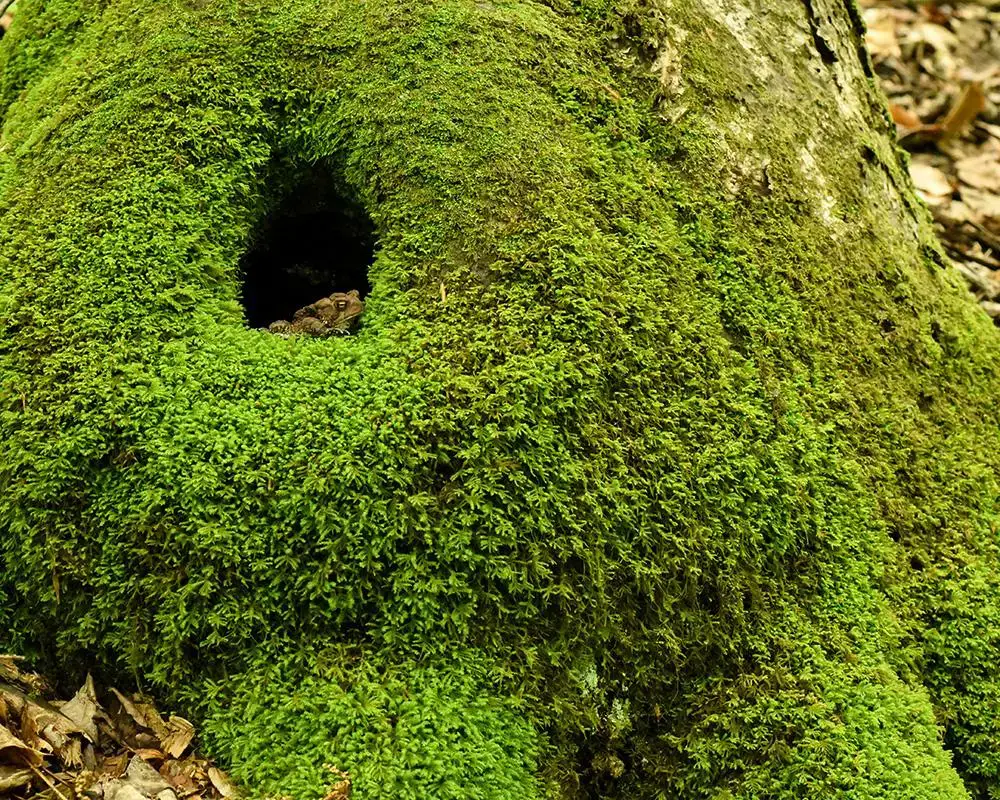
Anomodon-attenuatus-2-750×500.jpg from: https://ohiomosslichen.org/moss-anomodon-attenuatus/
Introduction
In the vast and captivating world of bryophytes, the Anomodon attenuatus (Hedw.) Huebener moss stands out as a fascinating member of the Neckeraceae family. Also known simply as

1076_Anomodon_attenuatus_2010_03_26_img_1864.jpg from: https://www.bryo.cz/index.php?p=mechorosty_foto&site=default&gallery=anomodon_attenuatus&id=1076
Anomodon, this unassuming yet resilient plant has carved its niche in various ecosystems, playing a vital role in the intricate web of life. Join us as we delve into the intriguing realm of this moss, exploring its unique characteristics, global distribution, and ecological significance.
Background
Before we dive into the specifics of Anomodon attenuatus, it’s essential to understand the broader context of bryophytes. These non-vascular plants, which include mosses, liverworts, and hornworts, are often overlooked but play a crucial role in maintaining the delicate balance of our ecosystems. As pioneers in colonizing new environments, bryophytes contribute to soil formation, water retention, and provide microhabitats for countless other organisms.
Main Content
Morphology and Identification
Anomodon attenuatus is a pleurocarpous moss, meaning its stems grow horizontally along the substrate. Its slender, creeping stems are adorned with small, ovate-lanceolate leaves that are attenuate (gradually tapering to a long, slender point) at the apex. This distinctive leaf shape is a defining characteristic that sets it apart from other mosses in the Neckeraceae family.
Global Distribution and Habitat
This resilient moss has a widespread distribution, thriving in various regions across the Northern Hemisphere. It can be found in Europe, Asia, and North America, where it inhabits a diverse range of habitats, including deciduous and coniferous forests, rocky outcrops, and even urban environments. Anomodon attenuatus is particularly adept at colonizing tree bark, logs, and rock surfaces, showcasing its adaptability to different substrates.
Ecological Roles and Adaptations
Despite its diminutive size, Anomodon attenuatus plays a crucial role in maintaining the health and biodiversity of its ecosystems. As a pioneer species, it contributes to soil formation and stabilization, creating a suitable environment for other plants to establish themselves. Additionally, its dense mats provide microhabitats for a myriad of invertebrates, fungi, and other organisms, fostering a rich and interconnected ecosystem.
One of the remarkable adaptations of Anomodon attenuatus is its ability to withstand desiccation. During periods of drought, the moss can enter a state of dormancy, reviving itself when moisture becomes available again. This resilience allows it to thrive in environments where water availability is unpredictable, further contributing to its widespread distribution.

cm_treeskirt3.jpg from: https://www.illinoiswildflowers.info/mosses/plants/cm_treeskirt.html
Case Studies/Examples

anomodon_attenuatus_1.jpg from: https://delawarewildflowers.org/plant.php?id=2604&mode=S
In a study conducted in the Great Smoky Mountains National Park, researchers found that Anomodon attenuatus played a crucial role in the recovery of forest ecosystems after disturbances such as fires or logging. Its ability to rapidly colonize disturbed areas and create a suitable environment for other plants to establish themselves made it a valuable contributor to the regeneration process.

a_attenuatus3.jpg from: https://wnmu.edu/academic/nspages/gilaflora/anomodon_attenuatus.html

anomodon_attenuatus_2.jpg from: https://delawarewildflowers.org/plant.php?id=2604
Technical Table

Anomodonattenuatus-AH-241-d-768×509.jpg from: https://sites.cortland.edu/bryophytes/field-guide/mosses/pleurocarp/anomodon-attenuatus/

medium.JPG from: https://uk.inaturalist.org/taxa/158399-Anomodon-attenuatus
| Characteristic | Description |
|---|---|
| Scientific Name | Anomodon attenuatus (Hedw.) Huebener |
| Family | Neckeraceae |
| Common Name | Anomodon |
| Growth Form | Pleurocarpous moss |
| Leaf Shape | Ovate-lanceolate, attenuate at the apex |
| Distribution | Northern Hemisphere (Europe, Asia, North America) |
| Habitat | Deciduous and coniferous forests, rocky outcrops, urban environments |
| Ecological Role | Soil formation, microhabitat provision, ecosystem recovery |
| Adaptations | Desiccation tolerance, rapid colonization |
Conclusion
The Anomodon attenuatus (Hedw.) Huebener moss, a member of the Neckeraceae family, may be small in stature, but its impact on the ecosystems it inhabits is profound. From its unique morphology and widespread distribution to its ecological roles and remarkable adaptations, this unassuming bryophyte serves as a testament to the resilience and importance of even the smallest organisms in maintaining the delicate balance of our natural world. As we continue to explore and appreciate the wonders of nature, let us ponder: What other hidden gems lie waiting to be discovered, and what invaluable lessons can they teach us about the intricate tapestry of life?

Anomodon_attenuatus_IMG_4985.jpg from: https://de-academic.com/dic.nsf/dewiki/2249758

inat_1616625416-605c084dede51.jpg from: https://www.marylandbiodiversity.com/species/viewSpecies.php?species=10701&showAll=1